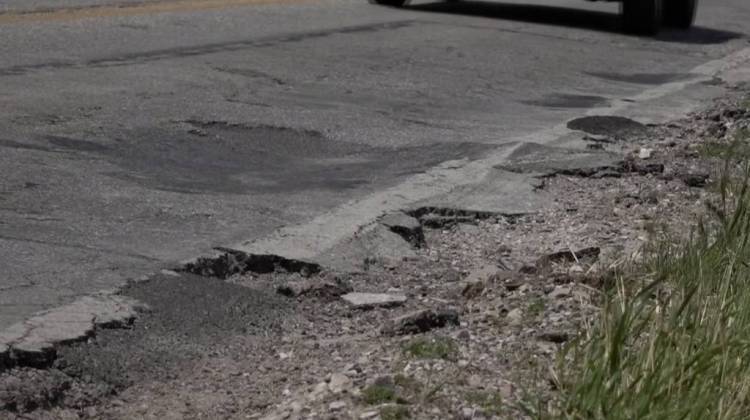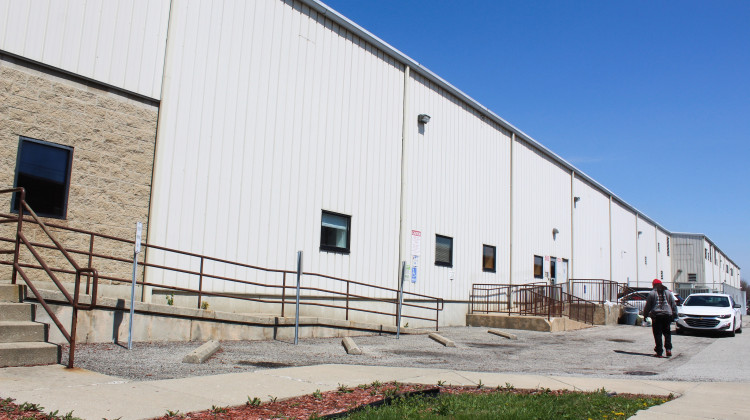
The bill reworks numerous ways in which communities across the state receive funding for roads including changes to the wheel tax and how trustees can distribute money for infrastructure. It also makes it easier for the state to implement toll roads.
File Photo / WFYIAging Indianapolis roadways are a continued issue in the state capital, and necessary repairs consistently outpace available funds.
Local leaders are celebrating a bipartisan bill sent to Gov. Mike Braun's desk that would provide more funding for Indianapolis infrastructure while making significant modifications to other funding methods.
The legislation would give Marion County an additional $50 million a year, which would be matched.
Indianapolis Mayor Joe Hogsett released a statement about the bill and thanked lawmakers for its passage. He said he will support work to identify matching funds.
“Between now and June 2027, the City’s Office of Finance and Management along with Indy DPW will explore ways in which the City can identify these additional new funds within the City’s budgeting cycles,” Hogsett said.
Another piece of the bill changes the funding formula to account for multiple-lane roads instead of just center lanes. Local leaders have long argued for this formula change.
Indianapolis Chief Deputy Mayor Dan Parker testified in support of the bill as it moved through the legislature.
“That amendment was something that we thought was an incredible addition to the bill because it allocates funds on lane miles for the first time through a state funding formula,” Parker said.
The bill also reworks numerous ways in which communities across the state receive funding for roads, including changes to the wheel tax and how trustees can distribute money for infrastructure. It also makes it easier for the state to implement toll roads.
Parker says the bill addresses underlying funding issues for Indiana roads.
“When the primary revenue generator for road construction is gas and people are buying less of it, it’s going to become a problem and this bill is trying to get in front of it,” he said.
Parker said local spending on roadways has increased significantly in recent years, from around $77 million in 2017 to more than $200 million this year.
Contact WFYI Managing City Editor Jill Sheridan at jsheridan@wfyi.org.
 DONATE
DONATE






 Support WFYI. We can't do it without you.
Support WFYI. We can't do it without you.